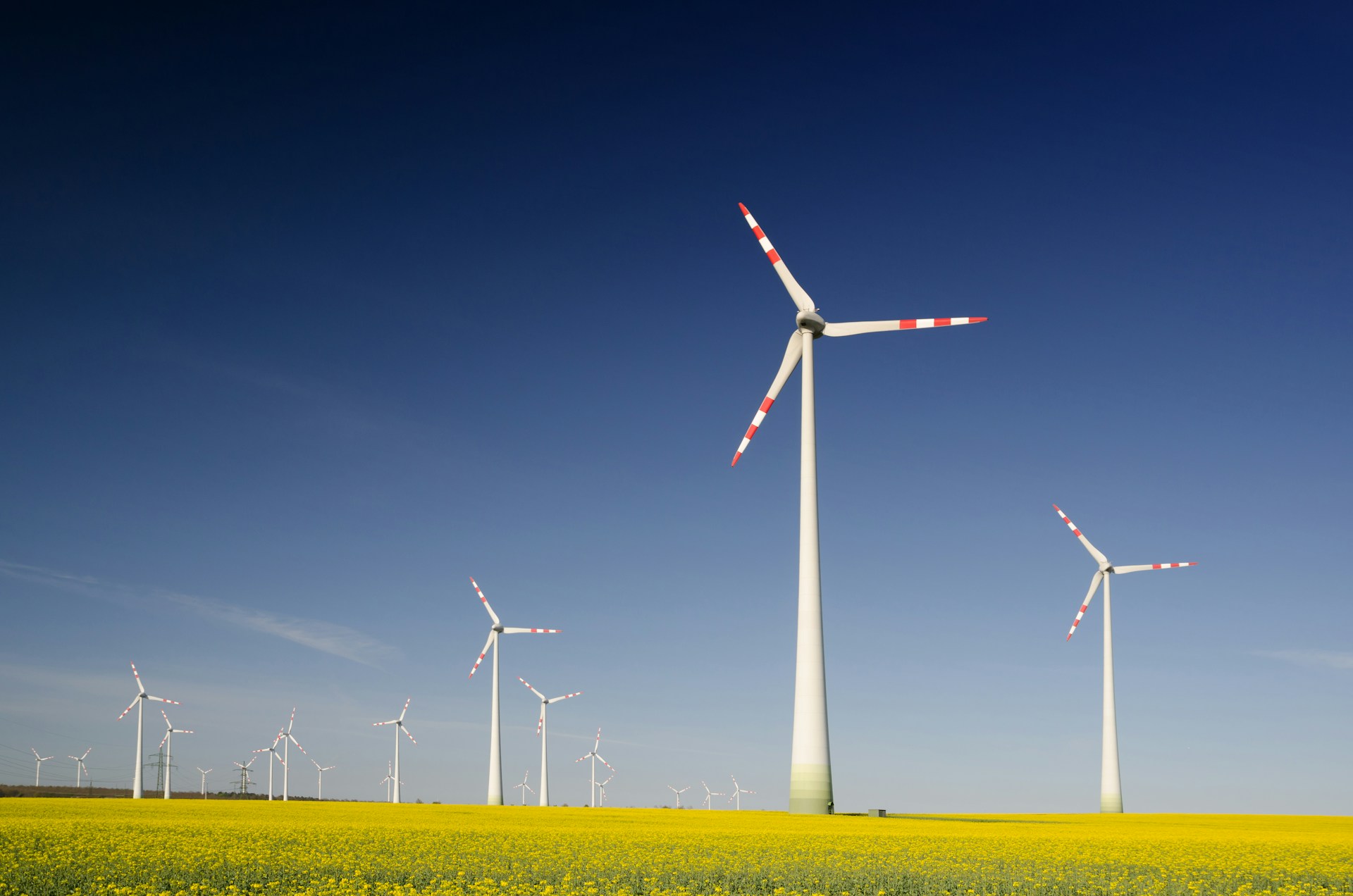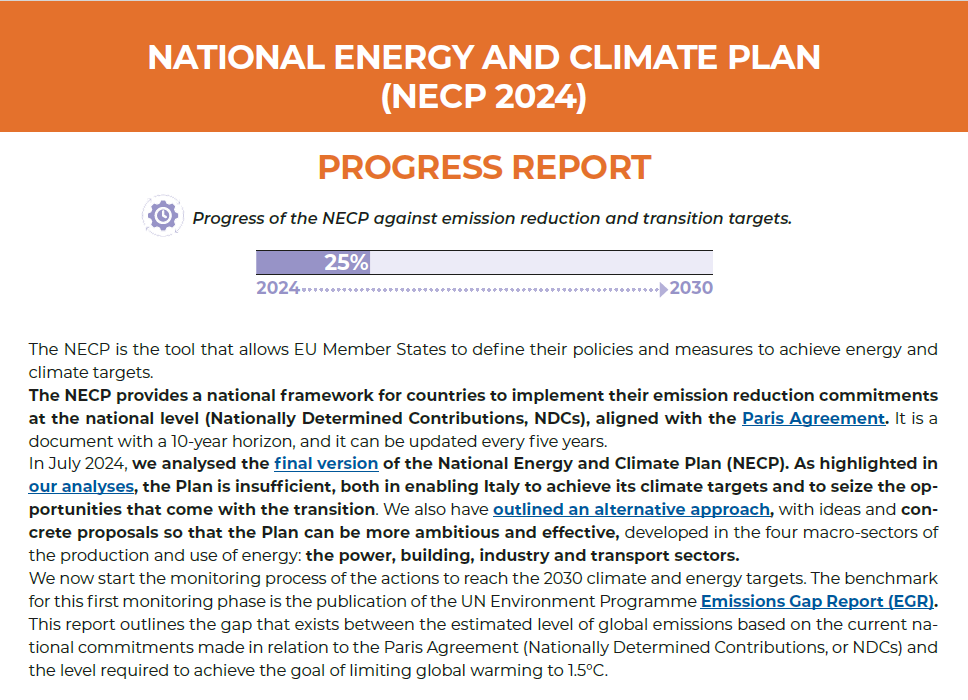Read the NECP Progress Report
Each year, before the climate negotiations commence, UNEP publishes the Emissions Gap Report (EGR). This report outlines the gap that exists between the estimated level of global emissions based on the current national commitments made in relation to the Paris Agreement (Nationally Determined Contributions, or NDCs) and the level required to achieve the goal of limiting global warming to 1.5°C. Each edition examines ways to close the emissions gap, addressing specific issues of interest and relevance to the negotiations. This year, the report focuses on the need and options to accelerate climate action in light of the forthcoming submissions from countries of their new national commitments for 2035 and 2040, which are due next year.
The key message from the EGR 2024 is: “Ambition means nothing without action.” The report highlights that global emissions are still on the rise and have even surpassed pre-COVID levels, outlining a worrying scenario in which climate action during the 2030-2035 period will be crucial if the target of keeping the average global temperature rise to below 1.5°C, compared to pre-industrial levels, is to remain a viable possibility. On the one hand, this implies that the new NDCs need to be particularly ambitious but, more importantly, they must also be backed up by well-defined implementation strategies, and that these strategies must already be in place for the current 2030 commitments.
What about Italy?
As a party to the Paris Agreement and as a member of the European Union, Italy’s national contribution is linked with that of other member states and, together, they are legally obliged to achieve a 55% reduction in net emissions, compared to 1990 levels, by 2030.
The National Energy and Climate Plan (NECP) provides a national framework for countries to implement their emissions reduction commitments. The most recent version, relating to the 2030 objective, was submitted by Italy before the deadline, together with a small number of other countries, to the European Commission in July 2024.
Unfortunately, this plan, as highlighted in ECCO’s analysis of the NECP, openly falls short of some of the objectives set by the Fit for 55 proposals. The plan aims to reduce emissions, compared to 1990 levels, by 40% in the Effort Sharing sectors by 2030, rather than the 43.7% target, without specifying any measures or mechanisms to close this gap. The cumulative shortfall, with respect to the objectives, is estimated at around 100 MtCO2eq. Based on some of the most recent projections regarding the costs of CO2, this emissions gap translates to an estimated monetary value of approximately €15 billion.
As we highlighted here, the plan published in June 2024 had significant shortcomings in its implementation framework.
In the context of assessing the current situation in terms of global emissions and the recommendations on the need to start from the implementation of the current objectives, we would like to take the opportunity to update that assessment and take stock of where we are compared to where we should be, also taking into consideration the latest regulatory developments.
It is worth noting that in Italy, in the Effort Sharing sectors, emissions decreased between 2021 and 2022 from 280 MtCO2eq to 271 MtCO2eq. However, these emissions still exceeded the target by 2.8 MtCO2eq. In the ETS sectors, for the same period, emissions increased from 131 MtCO2eq to 136 MtCO2eq, with a 9 MtCO2eq rise in the energy sector, driven by the increased use of coal in thermoelectric power plants.
Renewable energy is continuing to gain ground in the electricity sector, with an additional 5.8 GW in 2023 and a further 4.8 GW in the first eight months of 2024. However, it appears that a significant push will be required if the target of 70 GW of additional capacity by 2030 is to be met.
Some modest steps forward have been made in the industrial and buildings sectors, although they still remain relatively insignificant. However, the transport sector is on a negative trend, with emissions once again on the rise, increasing by 6.7% in 2022 compared to the previous year.
Finally, despite a significant reduction in gas consumption since 2021 (down by approximately 20%), the latest infrastructure plans continue to base their analysis on the demand for gas outlined by the NECP, which still closely mirrors the current levels (61.5 billion cubic metres compared to 59 billion cubic metres, 5 billion of which is from biomethane).
Read the Report
Photo by Zbynek Burival







